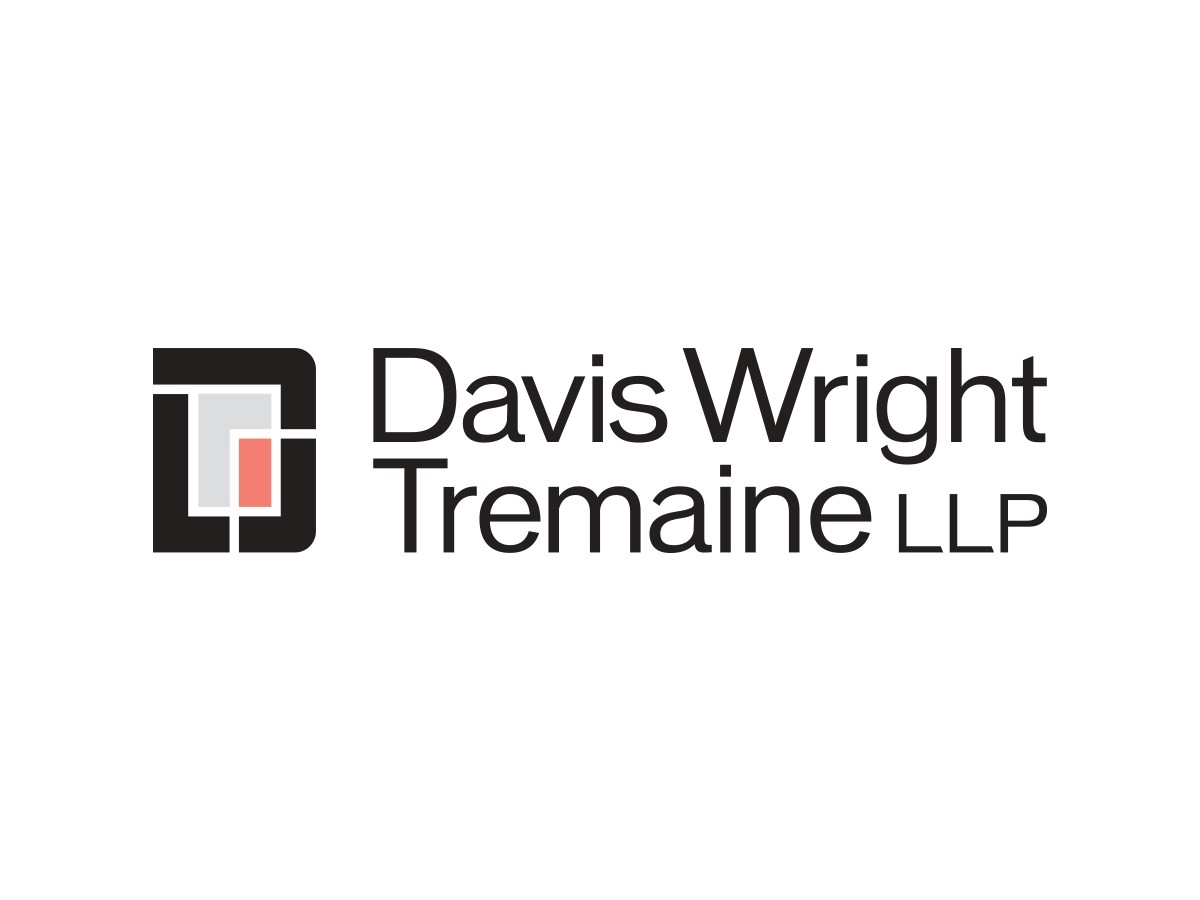Latest Federal Court Cases – March 2024 #2 | Schwabe, Williamson & Wyatt PC
Pfizer Inc. v. Sanofi Pasteur Inc., Appeal Nos. 2019-1871, -1873, -1875, -1876, -2224 (Fed. Cir. Mar. 5, 2024)
This week’s Case of the Week mostly resolves an appeal filed five years ago, following decisions from the PTAB in IPRs that were filed as early as 2017. Although the decision covers a number of issues, the portion that arguably broke new ground relates to the question of obviousness—specifically the “result-effective variable doctrine.” The doctrine is typically invoked when there are overlapping ranges between the patent claim and the prior art. Such a circumstance results in a presumption of obviousness, which can only be overcome if it can be shown that the variable was not recognized as “result-effective.” Here, the Court affirmed application of the result-effective variable doctrine even though the prior art did not discuss the variable at all in relation to the claimed structure.
The case involves a patent owned by Pfizer directed to immunogenic compositions comprising Streptococcus pneumoniae capsular saccharide antigens (i.e., glycoconjugates) for use in pneumococcal vaccines. The patent had 45 claims. Merck and Sanofi collectively challenged each of them. Here, two of the prior art references were known as GSK-711 and Merck-086, each of which discussed S. pneumoniae in various ways relevant to the claims. Sanofi asserted that these two prior art references combined to render all 45 claims invalid as obvious. The PTAB instituted review and, through a combination of the arguments raised by Sanofi and Merck, ultimately concluded that all the claims were invalid as obvious. Pertinent here are the two references and arguments made by Sanofi.
Claim 1 of the patent recited that the S. pneumoniae serotype 22F glycoconjugate had a molecular weight of between 1000 kDa and 12,500 kDa. Neither of the Sanofi-asserted prior art references, GKS-711 nor Merck-086, disclosed any molecular weight. The Board nevertheless concluded that glycoconjugate molecular weight is a result-effective variable that a person of ordinary skill in the art would have been motivated to optimize to provide a conjugate that has improved stability and good immune response. Ultimately, the Board found the molecular weight variables to have been obvious, and the relevant claims invalid. Pfizer appealed, challenging this determination (among others), and arguing that it was error to apply the “result-effective variable doctrine.” Pfizer argued that, because the prior art did not disclose any molecular weight for the claimed glycoconjugate, there could have been no presumption of obviousness.
On appeal, the Federal Circuit affirmed, invoking cases and obviousness doctrines that stretch back several decades. “[T]he determination whether or not a claimed parameter is a result-effective variable is merely one aspect of a broader routine optimization analysis,” the Court held, relying in part on the “legal principle that ‘where the general conditions of a claim are disclosed in the prior art, it is not inventive to discover the optimum or workable ranges by routine experimentation.’ In re Aller, 220 F.2d 454, 456 (CCPA 1955)… .” Where the case involves one of overlapping ranges between a range claimed in the patent and the prior art, the “presumption of obviousness … can be rebutted with evidence that the given parameter was not recognized as result-effective.” (Emphasis in original.) However, the Court held that a “determination whether or not a variable is result-effective” is not “only appropriate when there is such an overlap.” (Emphasis in original.) Citing a CCPA decision from the 1970s, the Court held:
A routine optimization analysis generally requires consideration whether a person of ordinary skill in the art would have been motivated, with a reasonable expectation of success, to bridge any gaps in the prior art to arrive at a claimed invention. Where that gap includes a parameter not necessarily disclosed in the prior art, it is not improper to consider whether or not it would have been recognized as result-effective. If so, then the optimization of that parameter is “normally obvious.”
Applying that framework, the Court found there was substantial evidence to support the Board’s conclusions here. In particular, the GSK-711 reference disclosed both the claimed 22F glycoconjugate and the molecular weights of fourteen other S. pneumoniae serotype glycoconjugates. The molecular weights for those other fourteen glycoconjugates overlapped with or were subsumed within the claimed range. Expert testimony supported the Board’s conclusion. Accordingly, substantial evidence supported “the Board’s conclusion that ‘conjugate size is a result[-]effective variable associated with improved stability of conjugates and good immune response … thereby rendering ‘optimization within the grasp of one of ordinary skill in the art.’”
The Court further affirmed that two dependent claims were also obvious, based on specific facts. In light of these decisions, all 45 claims were held and affirmed to be invalid.
The Court did reverse and remand the Board’s decision that denied Pfizer’s motion to amend with respect to two claims. Unlike a number of other claims in the motion to amend, for two claims the Board was “silent as to why [they] would have been obvious over the references.” In one of its opinions, the Board included only one conclusory statement before providing its analysis concerning six claims, but then proceeded to focus on only one of them. In a separate opinion, the Board opined that the claims would have been obvious, but failed to address each of the claim limitations. Because the Board failed to provide a reasoned analysis “sufficient to permit meaningful judicial review,” the Court reversed as to those two claims.
Pfizer had also challenged that the PTO’s Director Review procedure violates the APA. The Court rejected that argument under the harmless error doctrine, finding no prejudice to Pfizer.
The opinion can be found here.
By Nika Aldrich
ALSO THIS WEEK
Chewy, Inc. v. International Business Machines Corporation, Appeal No. 2022-1756 (Fed. Cir. Mar. 5, 2024)
Also this week, the Federal Circuit affirmed in part and reversed in part summary judgment holdings that claims in one of IBM’s patents were invalid as ineligible under 35 U.S.C. § 101, and that Chewy had not infringed claims of another IBM patent.
Regarding the district court’s holding that claims of Patent No. 7,076,443 were directed to patent-ineligible subject matter, the Court applied the two-step framework articulated in Alice Corp. v. CLS Bank Int’l, 573 U.S. 208 (2014). Under Alice, the Federal Circuit quickly agreed that IBM’s patent, directed toward improvements for web-based advertising, was “at most an improvement to the abstract concept of targeted advertising… .” Having satisfied the first step of Alice, the Federal Circuit went on to reject IBM’s arguments that its patent recited an inventive concept under the second step of Alice. The Court found that IBM’s patent recited use of a conventional tool in a well-known way, that the improved speed or efficiency of doing something with a computer was not a protectable inventive concept, and that increases in precision or efficiency alone did not rise to the level of an inventive concept.
Regarding the holding that Chewy had not infringed IBM’s Patent No. 7,072,849, the Federal Circuit agreed with respect to four of the five claims-in-suit, finding that the patent’s written description and prosecution history supported the district court’s claim construction, and that there could be no material dispute over the fact that Chewy did not perform IBM’s claimed limitation. Regarding the fifth claim, the Court found that Chewy’s privacy policy and an internal Chewy document created a genuine issue of material fact over whether Chewy practiced this claim, precluding affirmance of summary judgment of non-infringement as to that claim. The Federal Circuit accordingly remanded for further proceedings.
The opinion can be found here.
By Tyler Hall
Maxell, Ltd. v. Amperex Technology Limited, Appeal No. 2023-1194 (Fed. Cir. Mar. 6, 2024)
In a brief precedential decision, the Federal Circuit reversed a partial final judgment from the Western District of Texas that held all claims of Maxell’s U.S. Patent No. 9,077,035 to be invalid as indefinite. The ’035 patent is directed to a rechargeable lithium-ion battery comprising, inter alia, transition metal elements denominated as M1, M2, and M3. The sole independent claim defined M1 with a series of limitations, including “wherein M1 represents at least one transition metal element selected from Co, Ni and Mn” and “wherein the content of Co in the transition metal M1 … is from 30% by mole to 100% by mole.” The second limitation had been added during prosecution to distinguish prior art.
In the issued claims, the district court found these limitations created a contradiction, because the first Markush limitation indicates Co is an optional component of M1, whereas the second limitation implies Co is required. The Federal Circuit reversed, finding that it could reasonably be determined whether any given transition metal satisfied both limitations. Although the district court had described the first limitation as providing “options” that the second limitation “takes back,” the Federal Circuit explained, “Claim limitations do not grant options. They state requirements… . If there are two requirements, and it is possible to meet both, there is no contradiction.” The Court analogized the second limitation to a narrowing limitation in a dependent claim, and found that even if there were a more artful way to phrase both limitations in the same claim, their appearance together did not render the claim indefinite. The lower court’s ruling and partial final judgment were reversed.
The opinion can be found here.
By Jason A. Wrubleski






